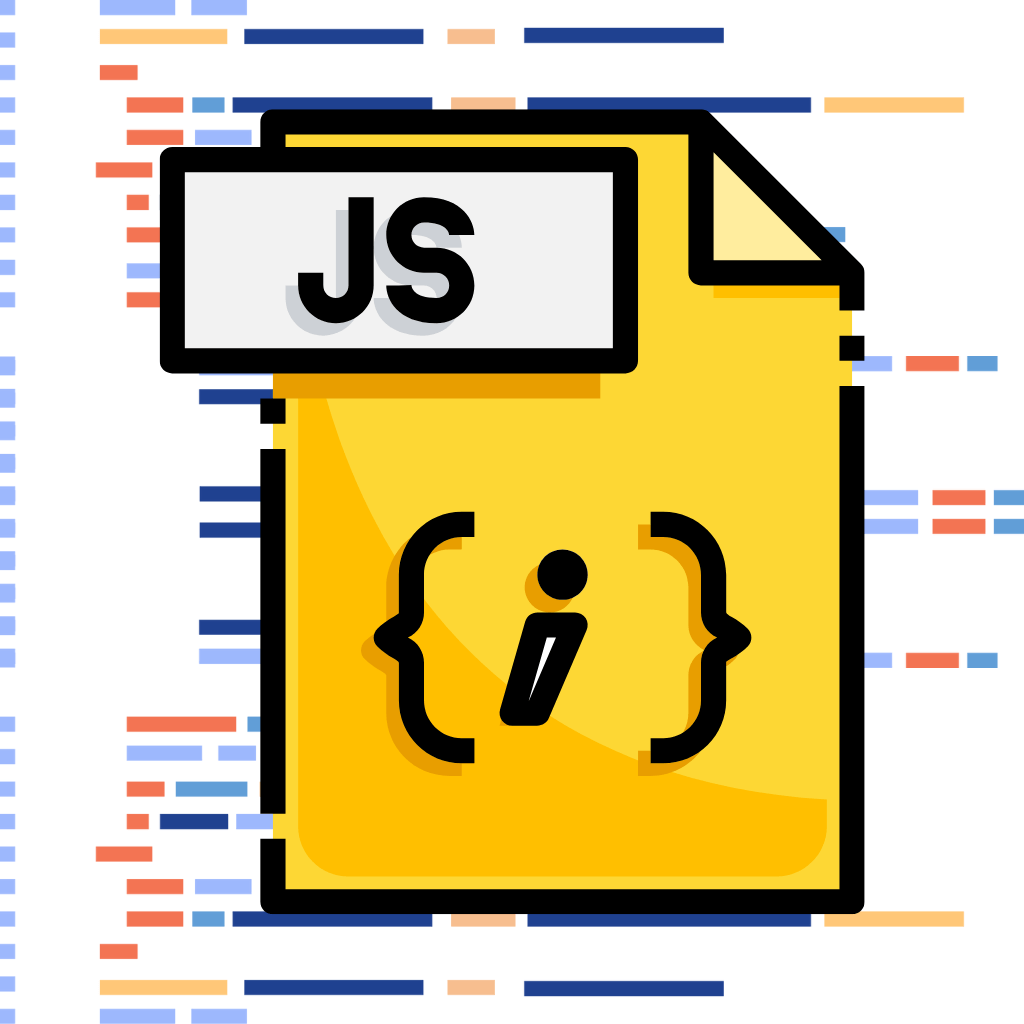
Introduction
JavaScript design patterns are reusable solutions to common programming problems. They help developers write clean, maintainable, and scalable code. In this post, we will explore Advanced JavaScript Design Patterns, their use cases, and real-world examples.
Table of Contents
- What Are Design Patterns?
- Creational Patterns
- Factory Pattern
- Singleton Pattern
- Prototype Pattern
- Builder Pattern
- Structural Patterns
- Module Pattern
- Decorator Pattern
- Adapter Pattern
- Facade Pattern
- Behavioral Patterns
- Observer Pattern
- Strategy Pattern
- Command Pattern
- Mediator Pattern
- Conclusion
1. What Are Design Patterns?
Design patterns are pre-defined templates for solving coding problems efficiently. They help in improving code organization, maintainability, and scalability.
Why Use Design Patterns?
- Improve code reusability and maintainability.
- Follow best coding practices.
- Make complex applications scalable.
2. Creational Patterns
Factory Pattern
The Factory Pattern allows the creation of objects without specifying their exact class.
class Car {
constructor(model) {
this.model = model;
}
}
class CarFactory {
createCar(model) {
return new Car(model);
}
}
const factory = new CarFactory();
const car1 = factory.createCar("Tesla");
console.log(car1);
✅ Use Case: When you need to create multiple objects of the same type with different configurations.
Singleton Pattern
Ensures a class has only one instance.
class Singleton {
constructor() {
if (!Singleton.instance) {
Singleton.instance = this;
}
return Singleton.instance;
}
}
const instance1 = new Singleton();
const instance2 = new Singleton();
console.log(instance1 === instance2); // true
✅ Use Case: Managing global state (e.g., Database connection, Configurations).
3. Structural Patterns
Module Pattern
Encapsulates private and public methods.
const Module = (function () {
let privateVar = "Secret";
return {
publicMethod: function () {
return privateVar;
},
};
})();
console.log(Module.publicMethod()); // "Secret"
✅ Use Case: Creating private and public properties in JavaScript.
4. Behavioral Patterns
Observer Pattern
Used in event-driven programming (e.g., addEventListener).
class Subject {
constructor() {
this.observers = [];
}
subscribe(observer) {
this.observers.push(observer);
}
notify(data) {
this.observers.forEach(observer => observer.update(data));
}
}
class Observer {
update(data) {
console.log("Observer received:", data);
}
}
const subject = new Subject();
const observer1 = new Observer();
const observer2 = new Observer();
subject.subscribe(observer1);
subject.subscribe(observer2);
subject.notify("Event Fired!");
✅ Use Case: Implementing event-driven architecture (e.g., Pub-Sub Systems).
5. Conclusion
Design patterns are crucial for writing scalable JavaScript applications. By mastering Creational, Structural, and Behavioral patterns, you can significantly improve your codebase.
🔹 Next Blog Post: “Mastering JavaScript Functional Programming” – Stay tuned! 🚀









